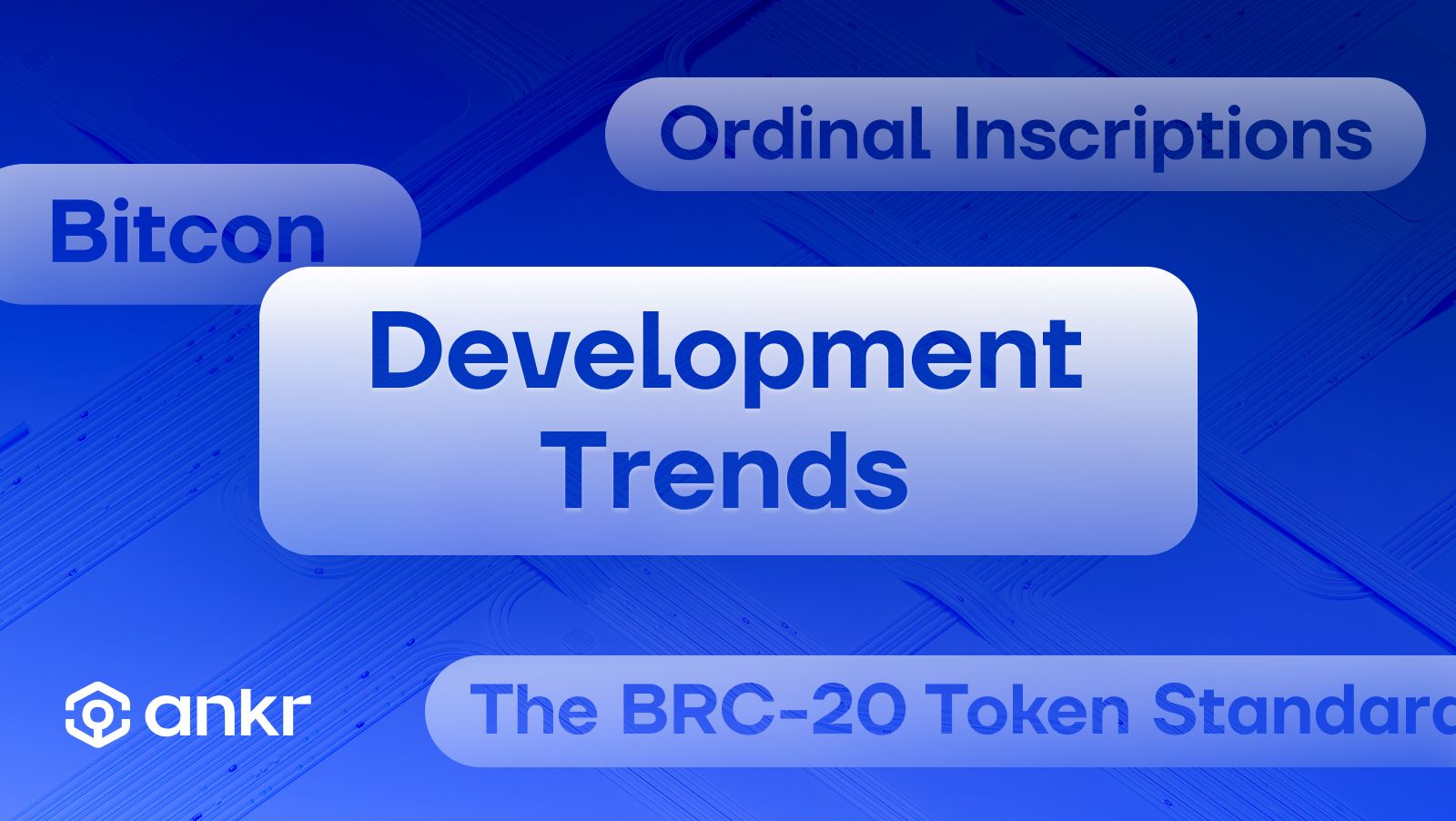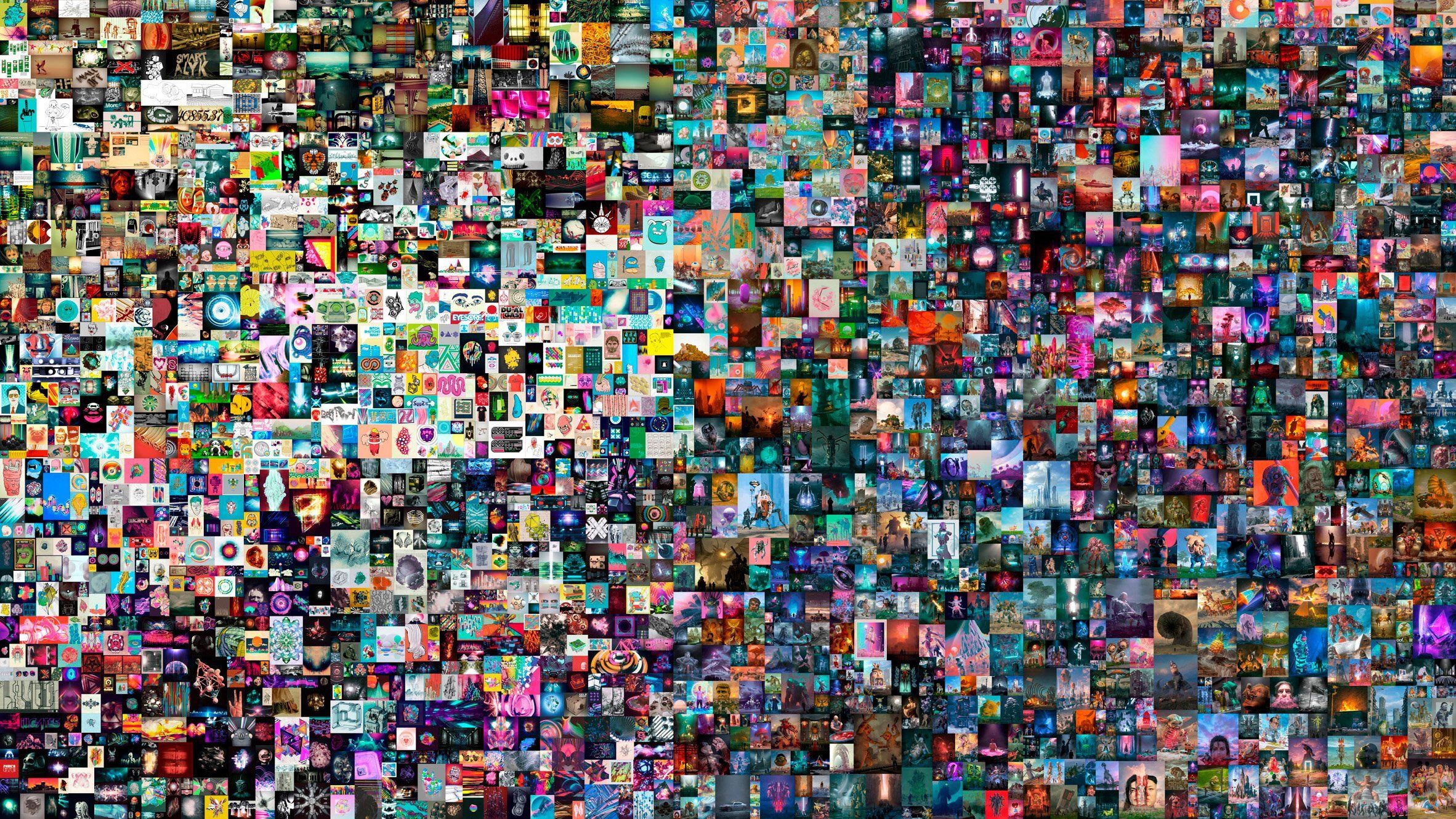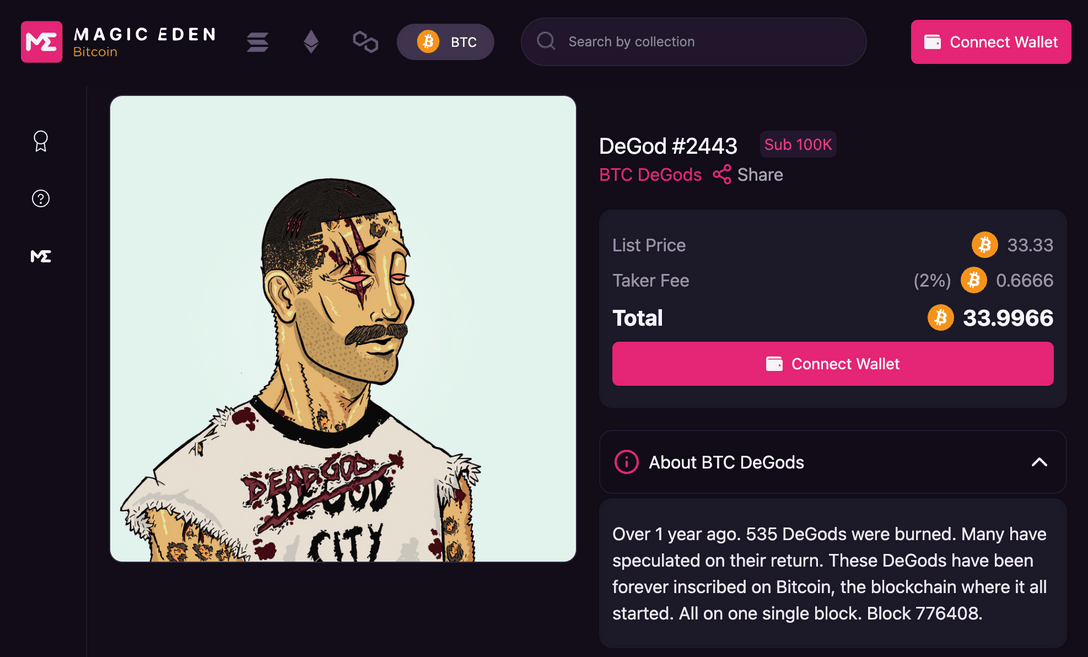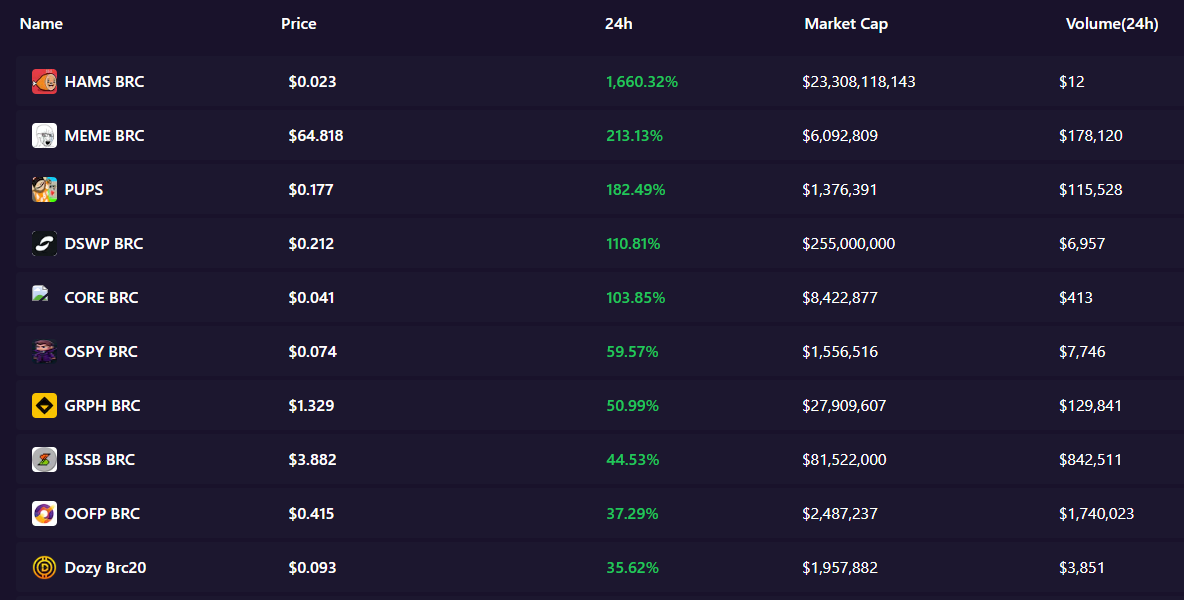Development Trends: Bitcoin, Ordinal Inscriptions, the BRC-20 Token Standard, and Use Cases

Kevin Dwyer
January 17, 2024
5 min read

In 2024, the bitcoin landscape continues a shift in functionality paired with the excitement of newly approved bitcoin ETFs. A new wave of innovation is cresting the horizon, and at its heart lies Ordinal inscriptions, a new technology pushing the boundaries of what bitcoin can do. And at the nexus of this revolution is the BRC-20 token standard, paving the way for an ecosystem of fungible tokens right on the bitcoin blockchain.
What Are Ordinal Inscriptions and BRC-20?
Bitcoin's data storage capability and use case potential expanded in March 2023 with the arrival of Ordinals and BRC-20, introduced by the blockchain developers Casey Rodarmor and the pseudonymous Domo.
Ordinal Inscriptions allow data to be permanently attached to individual Satoshis, the smallest units of bitcoin (one Satoshi is equal to 0.00000001 BTC). It's like engraving tiny messages on each bitcoin in circulation, creating a new way to use the bitcoin blockchain beyond a solely financial function. Ordinal inscriptions allowed for the creation of the experimental BRC-20 token standard.
What did BRC-20 mean for bitcoin?
-
Tokenization: BRC-20 allows for creating fungible tokens on the bitcoin blockchain, representing assets, shares, or other units of value. Developers can encode a new token's metadata and logic into a JSON script. Then, they use a special Bitcoin transaction to inscribe this script onto a specific set of satoshis, marking them as belonging to the new token.
-
New P2P Trading: These tokens can be easily transferred between bitcoin wallets, enabling peer-to-peer trading and new decentralized exchanges.
-
Limited Programmability: Ordinals and BRC-20 don't provide the sort of full turing-complete programmability seen in Ethereum's ERC-20 smart contracts. However, they offer the new ability for conditional token transfers, time-based actions, and simple NFT-like features.
Ordinals & BRC-20 Use Cases To Date
While BRC-20 doesn't completely revolutionize bitcoin, it opens up some interesting new use cases for the network. In 2023, developers already began to realize some of the possibilities for new functionality.
Permanent Multimedia Storage

Source: ArtConnect
The Ordinals protocol allows data like images, videos, and text to be embedded within bitcoin transactions, creating unique, non-fungible tokens. Inscriptions store the media directly on the blockchain, making them inherently immutable and permanent. The media cannot be altered, removed, or censored, ensuring its authenticity and longevity. This new functionality vindicates thoughts from those like Elon Musk: “You should at least encode the JPEG in the blockchain. If the company housing the image goes out of business, you don’t have the image anymore.”
Bitcoin NFTs

Source: DappRadar
After the creation of ordinals, some of the largest NFT projects rushed to launch a version of their projects to the bitcoin blockchain. Yuga Labs and DeGods both minted NFTs with inscriptions to the network. The permanent nature of inscriptions for media has attracted many developers to seek immutable storage of artwork directly on-chain (not just a link to external media).
Meme Coins

Source: BRC-20.io
The ease of minting and hype surrounding memecoins fuelled an explosion of projects, with over 40 million Ordinals inscriptions by November 2023. BRC-20 memecoins like ORDI and SATS have attracted holders and reached market caps in the billions while incurring many millions in bitcoin network fees and causing network congestion to the chagrin of bitcoin purists.
Beyond Bitcoin, The Use of Inscriptions In Web3
Inscriptions have primarily focused on the bitcoin blockchain so far, with BRC-20 tokens being the most prominent use case. However, there are some early explorations of applying the same concepts to other blockchains like Solana, Polygon, Arbitrum, and many others.
New Data Storage Use Cases
- Storing digital art and collectibles: Users can inscribe images, audio, and text to create Ordinals, functioning as a new kind of unique, immutable NFT on various blockchains.
- Preserving historical documents: Important documents, agreements, or creative works can be inscribed for permanent and verifiable storage.
- Data validation and provenance tracking: Inscription timestamps offer proof of existence and ownership for digital assets.
DoS Attacks on Blockchains:
- Although not a positive use case, Denial of Service (DoS) attacks aim to overwhelm a blockchain network with excessive traffic or resource demands, disrupting its normal operation and preventing legitimate users from accessing it.
- With inscriptions, a DoS attack might involve creating and inscribing a large number of files, consuming system resources and causing congestion.
Content Creation and Ownership:
- Digital media provenance: Inscriptions could track the origin and ownership history of digital media assets, combating plagiarism and protecting intellectual property.
- Content monetization: Creators could directly inscribe their content onto the blockchain, enabling new models for payment, distribution, and consumption without intermediaries.
- Censorship resistance: Inscriptions could preserve content immutably, making it resistant to censorship or takedown attempts.
Inscriptions: Stress Testing Bitcoin & Ethereum Layer 2 With Heavy Traffic
Ankr has witnessed a surge of inscriptions-based activity on our RPC Service, with networks like zkSync, Arbitrum, and Polygon being pushed to their throughput limits. The higher capacity layer 2 networks are becoming increasingly popular as traffic-intensive use cases like inscriptions soak up the transactions being sent to the mempool. Due to their larger size and potentially complex validation, inscriptions can occupy more space in the mempool and take longer to process than regular transactions. This can lead to higher fees and longer waiting times for both inscriptions and transactions during periods of high network congestion.
Ankr’s Infrastructure Is Ready To Power Your Web3 Innovations
-
Scalable Node Infrastructure: Ankr’s team is constantly deploying node resources globally to satisfy the scalability demands of Web3. Rest assured, developers find best-in-class node performance to power fast and instantly available read & write transactions to the blockchain.
-
High-Performance APIs: With ultra-low latency, 99.99% uptime, and affordable service, our RPC and API connections are leading the pack, with more developers choosing Ankr every month. High-performance RPC services are critical in ensuring your projects can execute quickly and efficiently.
-
Development tools and resources: We're building a thriving developer ecosystem, offering content, docs, and blockchain connections, and other tools to fuel your project.
Leverage enterprise services →
Join the Conversation on Ankr’s Channels
Twitter | Telegram Announcements | Telegram English Chat | Help Desk | Discord | YouTube | LinkedIn | Instagram | Ankr Staking



